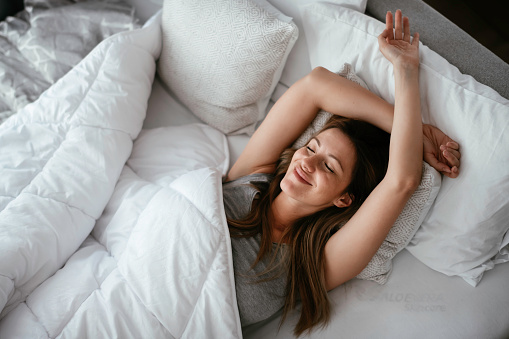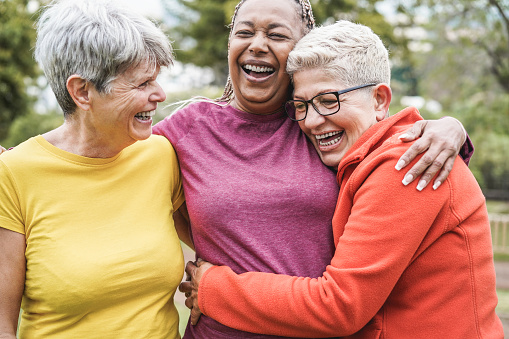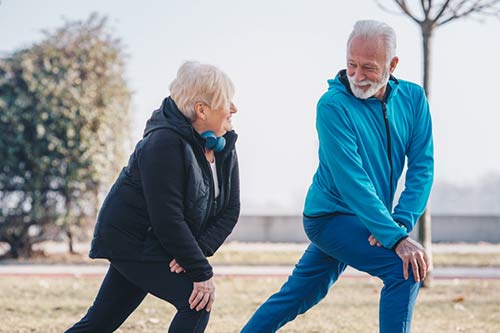Andrea the Yogi
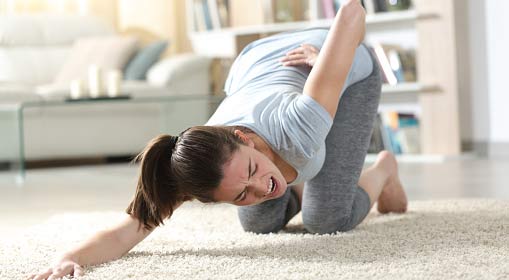
Many of us in the modern age suffer from some type of back pain. Never before in history have we had access to as much technology. This leads to desk jobs and poor posture. We spend a lot of time in a flexed posture looking at our phones or a computer. This leads to back and neck pain.
Now we know why we have the pain, but what can we do about it? You might be asking yourself this question. Boy, do I have the answer for you. YOGA!

That is right: Yoga. Many yoga poses emphasize trunk extension. Since trunk extension is the opposite of a poor flexed posture, yoga works wonderfully to decrease back and neck pain. To visualize poor flexed posture, imagine your trunk in a “c” shape, instead of a healthier “I” shape or extension.
Let’s talk about some yoga poses that help promote trunk extension. In my post “Good Morning Yoga” we discussed the benefits of the cat/cow pose. To recap, cat/cow typically is done in tabletop pose and moves through trunk flexion and extension which promote spinal and hip strength, flexibility, and circulation.
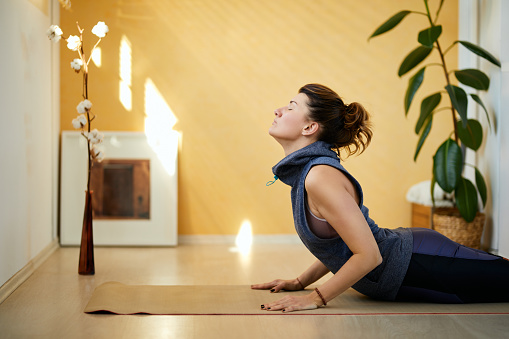
Sphinx and cobra poses are back extension poses. They are both done in a prone position, which is lying on your stomach. Using core strength with the assistance of both arms you lift your trunk off the floor leaving your hips and lower body connected to the ground. The sphinx pose is a general strength pose. Cobra is a more intense stretching pose with an increase in trunk extension (Lifting higher off the ground). I like to start out with a sphinx pose to warm up my back and then if you feel ready move to the cobra pose.
Many yoga poses emphasize good posture with good trunk extension. Just to name a few: mount pose, warrior I, II, and tree pose are good trunk extension poses. Experiment with different poses to find what works best for you! Yoga is a journey, not a destination!



